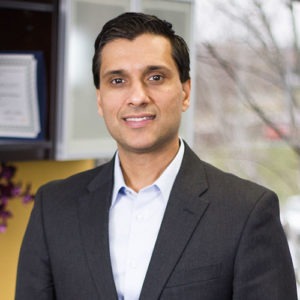Nursing home disaster plans are full of holes, OIG finds
Despite meeting federal requirements for written emergency plans and disaster preparedness training, nursing home response plans often lack relevant information and do not follow the Centers for Medicare & Medicaid Services’ (CMS) recommended preparedness checklist for healthcare facilities, according to a new Office of Inspector General report.
For the study, which was released Monday, OIG conducted site visits at 24 nursing homes that had experienced floods, hurricanes and wildfires from 2007-2010.
OIG found many of the studied nursing homes lacked protocol on ensuring sufficient staffing levels during a disaster. Likewise, some providers did not have detailed resident care tasks for disaster scenarios, such as handling resident illness or death during an evacuation, or how to provide disaster counseling to residents.
The administrators and staff from 17 of the 24 nursing homes also reported “substantial challenges” when responding to disasters during the studied timeframe.
“Nursing homes faced challenges with unreliable transportation contracts, lack of collaboration with local emergency management, and residents who developed health problems,” the OIG report read. “LTC ombudsmen were often unable to support nursing home residents during disasters; most had no contact with residents until after the disasters.”
In its recommendations, OIG suggested CMS add more specific emergency planning protocol to existing federal requirements for nursing home disaster preparedness.
Because most of the studied nursing homes had never heard of the emergency preparedness checklist for healthcare facilities, OIG also recommended CMS promote use of the checklist and included several additions to improve its effectiveness.
OIG’s suggested changes to the checklist were also included in a separate memo to CMS Acting Administrator Marilyn Tavenner.
I Advance Senior Care is the industry-leading source for practical, in-depth, business-building, and resident care information for owners, executives, administrators, and directors of nursing at assisted living communities, skilled nursing facilities, post-acute facilities, and continuing care retirement communities. The I Advance Senior Care editorial team and industry experts provide market analysis, strategic direction, policy commentary, clinical best-practices, business management, and technology breakthroughs.
I Advance Senior Care is part of the Institute for the Advancement of Senior Care and published by Plain-English Health Care.
Related Articles
Topics: Disaster Preparedness , Executive Leadership , Medicare/Medicaid , Regulatory Compliance










